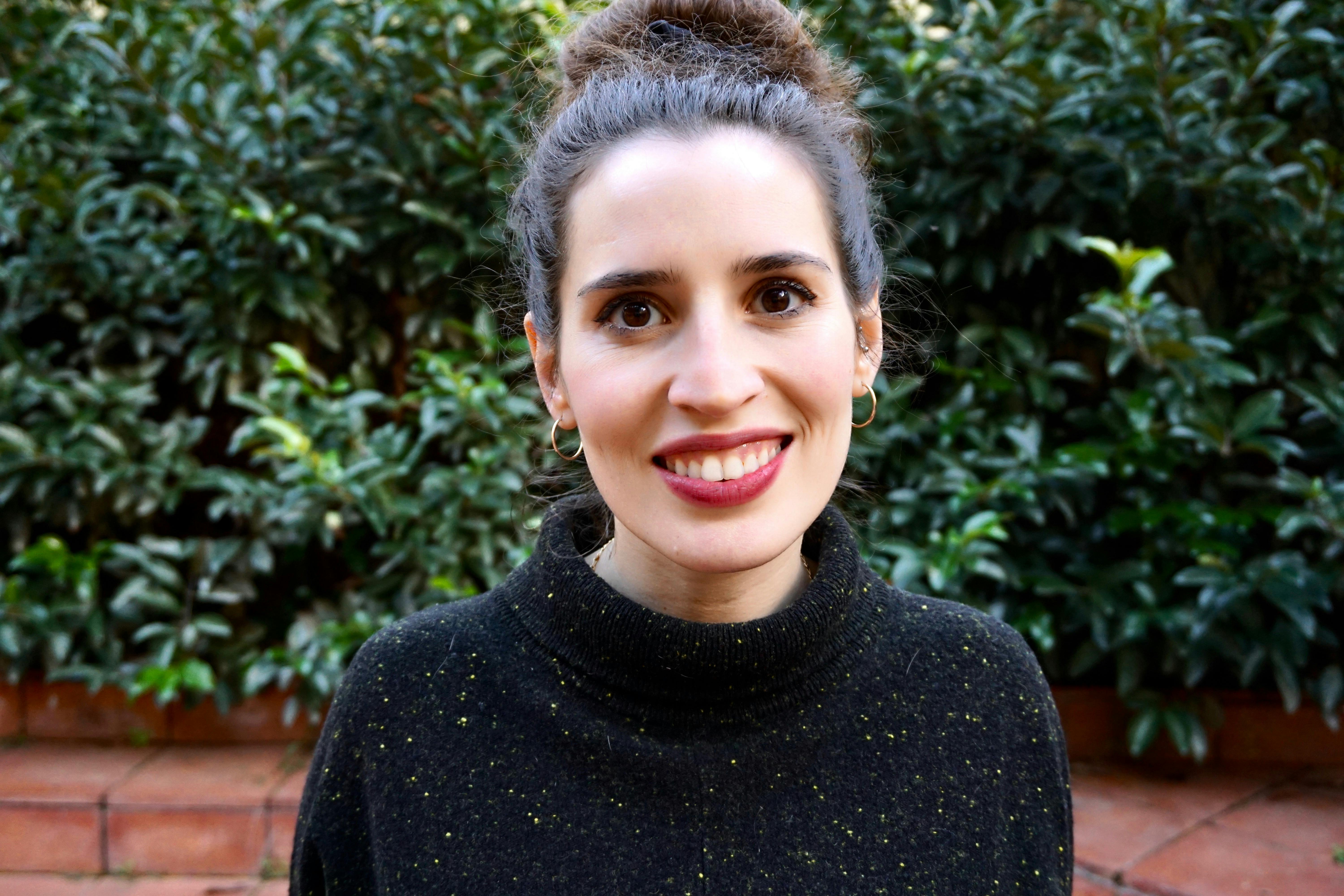TEFL Tips: Planning Private Classes for Young Learners

There is a huge market for private English classes for young learners out there, but the idea of teaching a young learner in a one to one setting can feel challenging, especially for new teachers, as most TEFL courses focus on adult learners. Teaching a child is a different ballgame – for one, their parents are paying for the classes, so they’re not as motivated as your usual adult learners. You’ll need a whole different set of teaching tools when it comes to young learners, both in terms of material and techniques. So read on for lots of inspiration!
- Create a reward system for good behaviour
This can feel like a challenge when you’re in a living room with a six year old, but it can be done! Our top tip is a chart of behaviour ranging from very good to very bad. This can be represented with weather (the sun, a white cloud, a rain cloud, a storm cloud) or with faces (very happy, quite happy, serious, angry) and a piece of card with their name on it. Start them off on neutral, and you’ll be amazed how motivating it can be – especially if their parents make a habit of looking to see where their name is at the end of the class. - Show them that the work you do together matters
Get a folder to store their worksheets and pictures. Make sure you mark any worksheets that they do and comment on them. You’re not in a classroom but it’s good for young learners to see ticks and happy faces on their work, and it gives them something to show their parents. If they end the class on good behaviour reward them with a sticker on a page of their English folder/book, and tell them they’ll get a surprise once the page is full. If you buy small stickers, you should get to the end of the year before they fill the page! - Choose a structure for your classes, and stick to it
Young learners respond well to routine, so if you develop a structure to your classes, they will settle more easily and you’ll find that the class passes more quickly. With very young students you could start with a song, for example the Hokey Cokey, If You’re Happy and You Know It, Heads Shoulders Knees and Toes, etc. Check Youtube for inspiration if you can’t remember the songs you liked as a kid! You can introduce new songs, and if you’re not comfortable singing yourself you can always sing along with an animation on Youtube. With older students – maybe eight and up – start with daily news. Follow up their statements with specific questions asking for detail; who did they play with at school, what did they eat for lunch, etc. Don’t just ask them about their day, but tell them about your day as well. Use this time to develop conversation, and if they’re interested in something you mention don’t be afraid to show them photos or videos related to what you’re talking about! - Always over-prepare, so you can switch it up if they get bored
It’s a good idea to have a variety of activities which focus on the different skills – reading, writing or listening – but they don’t have to be boring! Try to find colouring books or pages with text in English, so a fun colouring activity includes some reading work. If you’re practising numbers, do a join-the-dots sheet and get them to read the number out as they go. Watch a short video together and then do a quiz on the video. One to one classes are much more involved than group classes – no pair work is possible – but you’ll notice a big difference in your students’ engagement if you are helping them with each activity. - Be responsive
Ask their parents about their interests and hobbies and use topic work as a stealth method of teaching them English! For example, if they’re really into outer space, you could find some activities about moon landings. If they’re going on holiday to Iceland, look for some worksheets on the Vikings. Don’t be afraid to use workbooks, there are some great resources for young learners. A Scribd subscription will pay for itself in terms of the time you’ll save on creating all your materials from scratch! - Play games
It can be tricky with just the two of you, as so many suggestions for young learner games involve teams. Board games are your best friend here! Guess Who is a surefire winner and fantastic for building up vocabulary. Snakes and Ladders is great if you’re practising numbers. Even a bag of Scrabble letters can become a word-making game. There are lots of board games online related to specific topics that you can print out and laminate, so you don’t need to spend a lot of money on building up a library of games. Feel free to reuse the same games too – it can be a fun ten minute activity after your student has been concentrating hard on something more difficult. You could even start a tally going of your wins and loses (remember you’re playing against a child, so try to repress your competitive streak!) - Incorporate books into your classes
To return to class structure; ten minutes of reading together is a lovely, calm way to finish a class and it will do wonders for your students’ comprehension, vocabulary and general enthusiasm for the English language! Picture books are good for younger students, and lots of libraries have a small section of children’s books in English so it’s worth checking them out. Again, don’t be afraid to read the same book more than once – young children like repetition and it will help them to retain new vocabulary. For older students Roald Dahl is a wonderful place to start. Books like The Magic Finger and George’s Marvellous Medicine are simple in terms of language, and you can build up to the classics such as Matilda and The Witches. Stop and explain any important vocabulary they don’t know, but if you’re a dynamic and expressive reader they’ll be able to fill lots of the blanks themselves. - Use technology
There are lots of apps you can use in one to one classes to add an additional element to your lesson. With Kahoot you can create your own quizzes to reinforce what you’ve covered in your lessons. Stopmotion is a great way of encouraging students to write their own dialogue and practise word order. Lyrics Training is good for listening, and DubMe is great for speaking and pronunciation. Check out this blog for more detail! - Celebrate holidays and traditions
Make pancakes together on Shrove Tuesday and paint hardboiled eggs at Easter. Make paper snowflakes at the start of December and tree decorations at Christmas. Carve a pumpkin or a turnip together at Hallowe’en and bob for apples. Make masks in February for Carnival or paint your faces. Parents are usually delighted for their children to be introduced to foreign customs and traditions, and it makes a break from the usual routine, making the classes feel special. - Have a “fun” class once a month
You’re not just teaching young learners English, you’re igniting their enthusiasm for your language! Make one class of every month the day with no worksheets or folders. Instead, ask their parents if you can play a more involved game together, or bake a cake, or do a craft activity such as making a collage out of leaves. Pinterest is a fantastic source of inspiration for seasonal craft activities to do with children. They’re still be learning because you’ll be talking in English during the class, and this way they’ll associate speaking English with having fun!
Popular Posts
Gap year in Barcelona? Here's your pre-travel checklist for 2026

Gap year programs in Spain - 5 of the best for 2026

Living in Spain vs. Australia - what are the benefits?

Moving from San Francisco to Barcelona

Subscribe To Our Mailing List!
Receive course updates, graduate reviews, exclusive discounts and more



